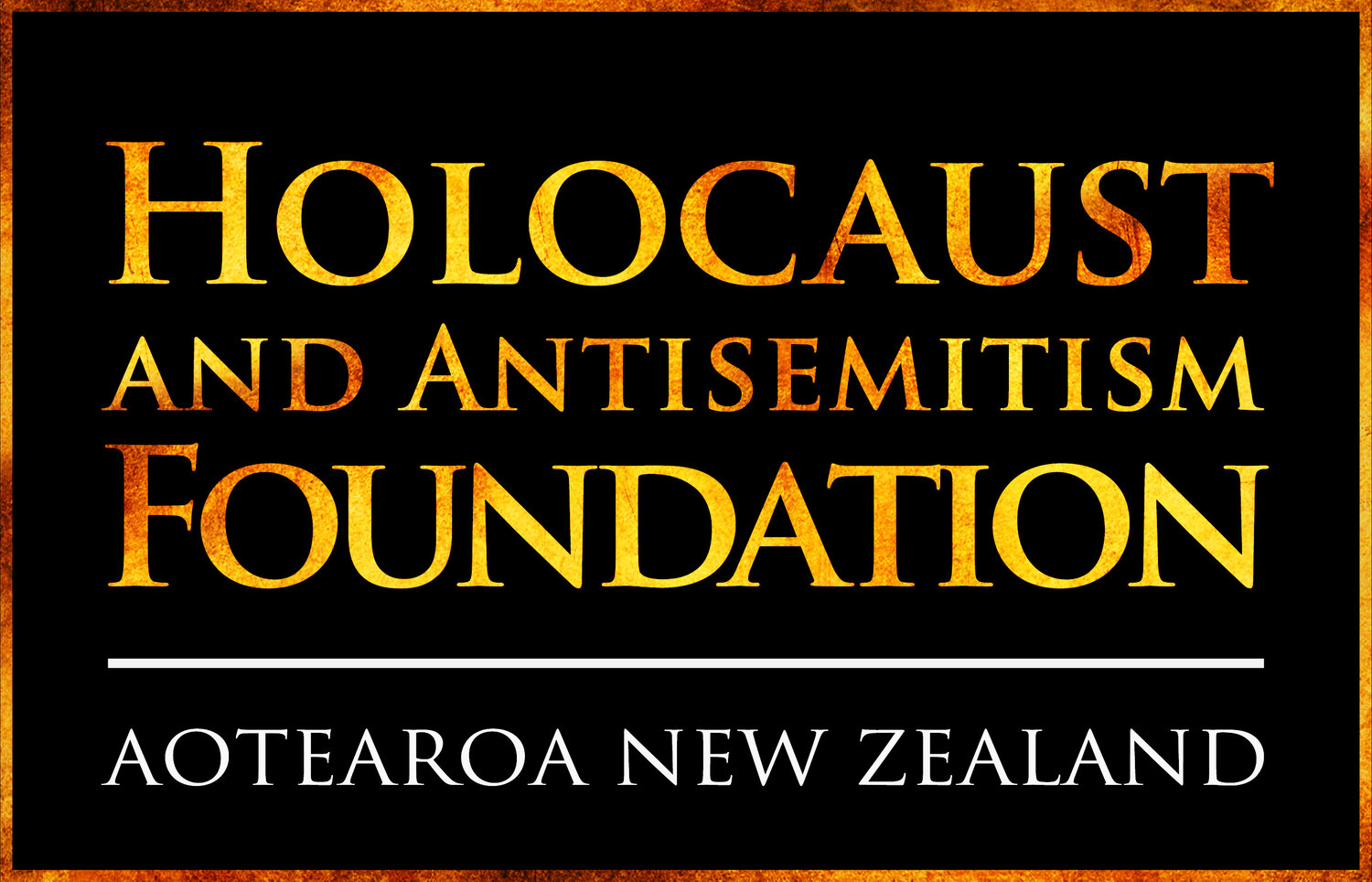Join Our Mailing List
View Survivor Stories
‘What the hell Is happening in America?' These are the words of Holocaust survivor Barbara Bendler Steinmetz. She escaped the Nazis as a child and is now 88. Steinmetz became the victim of a firebomb attack in the USA recently. 'People are afraid to wear a Star of David. They’re taking down mezuzahs. They’re afraid to be Jewish,’ she said.
To honour the victims of the Shoah, we must do more than mourn them. We must take seriously what their absence demands of us. As Elie Wiesel warned, “To forget the dead would be akin to killing them a second time.”
I cannot of course testify from personal knowledge that six million of our people were murdered during the Holocaust. I leave that to the records which the Nazis themselves largely kept.
Eighty years. So much has changed. And yet nothing has changed. Today there are many entities eager to resume the task interrupted by the allied victory in 1945. And just as a cooperative general populace in Europe was essential to the success of the Nazi death scheme, antisemitic ideas and actions proliferate today because so few are willing to speak up.
First came the ‘Holocaust by bullets’ – where Jews were herded into forests and fields and shot. Others were packed into sealed trucks and gassed to death by carbon monoxide. But all this was not efficient enough. So in January 1942, high-ranking officials gathered at a villa in the Berlin suburb of Wannsee to coordinate the implementation of what they called ‘The Final Solution of the Jewish Question’.
It was heartening to see a full Community Centre in Wellsford, New Zealand, as the local community and wider district gathered to commemorate International Holocaust Remembrance Day and the 80th anniversary of the liberation of Auschwitz-Birkenau.









Auschwitz. Now. was staged in Birkdale, Auckland, August-October 2025. Next staging will announced in due course.
Read more…